When scrolling through social media, it’s easy to be captivated by influencers posing with pet foxes, cuddling with capybaras, or showing off colorful exotic birds. The allure of owning an unusual animal companion draws thousands of people each year into the exotic pet lifestyle. However, behind these glamorous posts lies a financial reality that many prospective owners fail to consider. From initial acquisition costs to specialized veterinary care, housing requirements, and potential legal issues, the exotic pet lifestyle carries a significant price tag that extends far beyond the purchase of the animal itself. This comprehensive look at the true financial burden of exotic pet ownership might make you think twice about that cute sloth video you just shared.
Initial Acquisition Costs: More Than Just Purchase Price
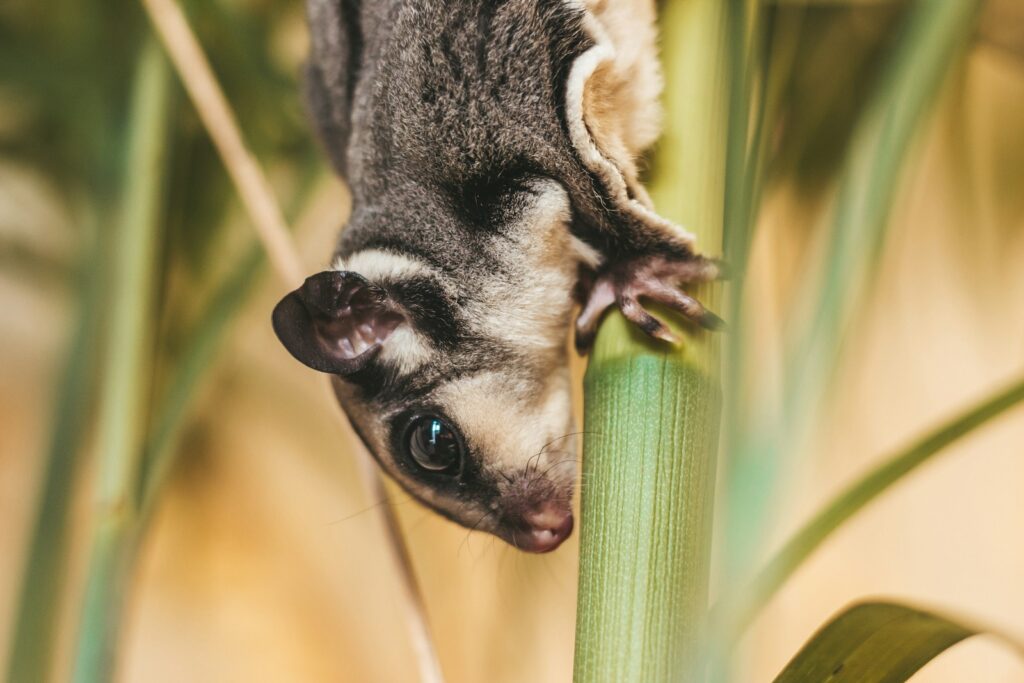
The journey into exotic pet ownership begins with acquisition, and the costs can be staggering. While a traditional dog or cat might cost a few hundred dollars from a shelter, exotic animals like sugar gliders ($200-$500), kinkajous ($2,000-$3,000), or a hyacinth macaw ($40,000+) represent significant initial investments. Beyond the animal’s purchase price, prospective owners must factor in transportation costs, which may include specialized animal shipping services. Additionally, many states require permits and licenses for exotic animals, which can range from $50 to several thousand dollars depending on the species and location. Pre-purchase veterinary examinations are crucial and can cost $200-500, as these animals often require health certificates and testing before changing hands.
Housing Requirements: Creating a Suitable Habitat
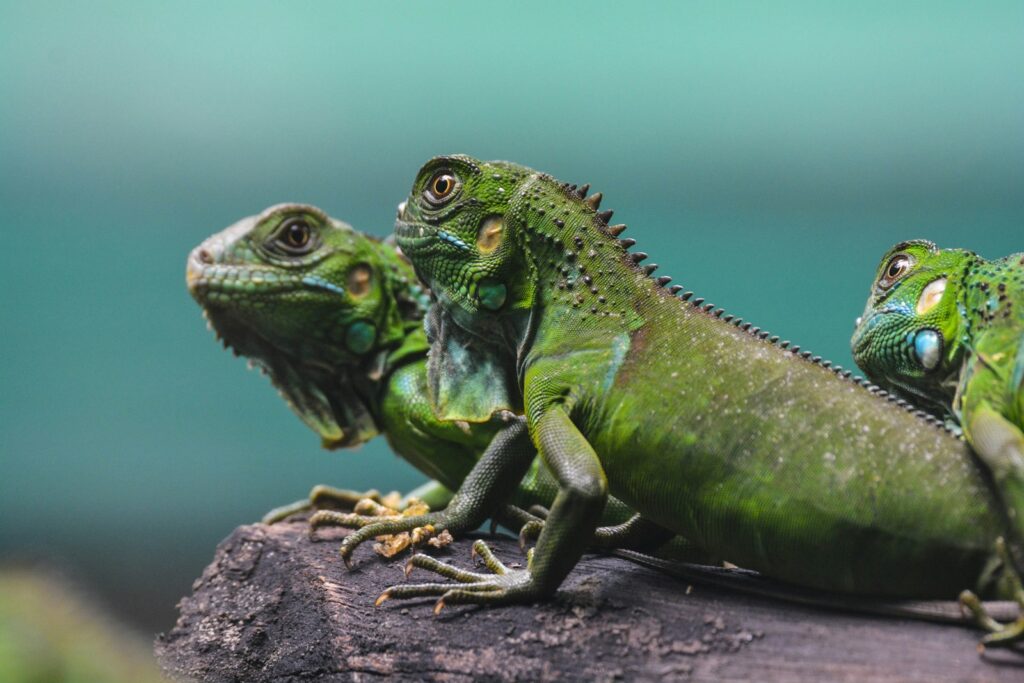
Exotic pets typically require specialized housing that mimics their natural environment, representing a major upfront expense. For reptiles like green iguanas, a proper adult enclosure can cost $1,000-$2,000, while large birds like macaws need spacious cages priced between $500-$3,000. Environmental controls such as specialized lighting, heating, humidity systems, and water filtration add hundreds to thousands in additional costs. Substrate, climbing structures, hiding spots, and enrichment items must be routinely replaced, creating ongoing expenses of $50-$200 monthly for many species. For larger exotics like servals or capybaras, outdoor enclosures may require professional construction with reinforced fencing, temperature control, and water features, potentially costing $5,000-$25,000 or more.
Specialized Diet: Feeding Challenges and Costs
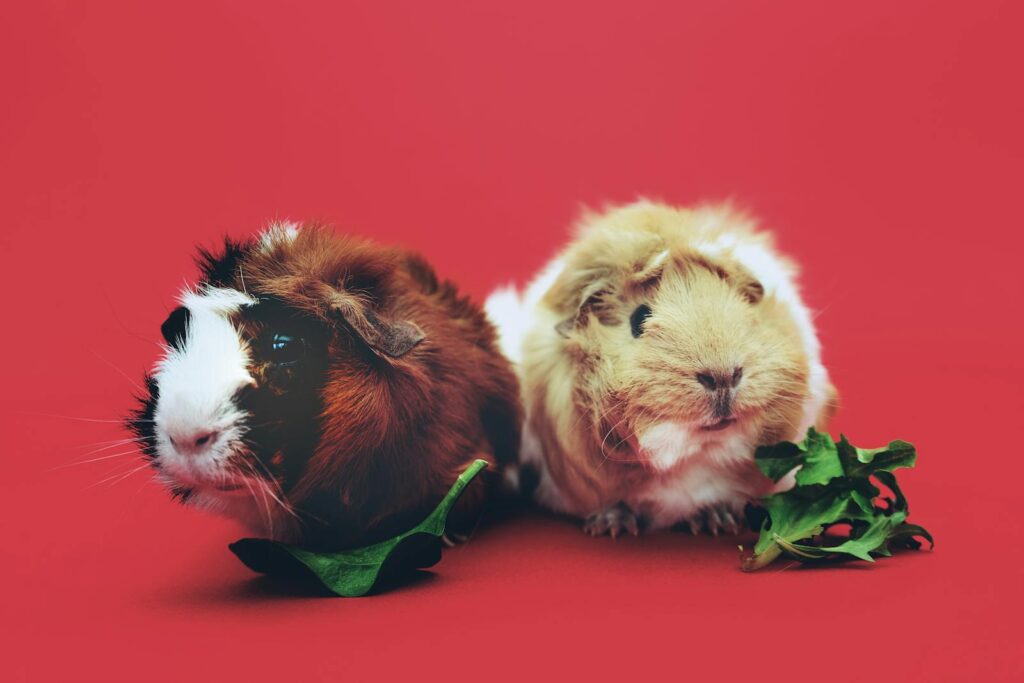
Unlike domestic pets that thrive on commercially available foods, exotic animals often require specialized diets that significantly impact an owner’s budget. Many exotic mammals, birds, and reptiles require fresh, varied foods including specific fruits, vegetables, insects, and meats that can cost $50-$300 weekly depending on the species. For example, a medium-sized primate might consume $200 worth of fresh produce, insects, and specialized vitamin supplements monthly. Some exotic pets require live prey like mice or crickets, which must be purchased and maintained separately at costs of $20-$100 weekly. Specialized formulated diets for sugar gliders, hedgehogs, or exotic birds can cost three to five times more than standard pet food, while shipping costs for these specialty items add another financial layer. Additionally, seasonal shortages of dietary components can drive prices even higher unexpectedly.
Veterinary Care: Limited Access and Premium Prices

Finding qualified veterinary care represents one of the most significant challenges and expenses for exotic pet owners. Veterinarians specializing in exotic species are relatively rare, often requiring lengthy travel and premium fees for their expertise, with consultations starting at $100-$250 compared to $50-$80 for domestic pets. Diagnostic procedures are more expensive for exotic pets, with specialized blood work costing $200-$500 and imaging studies like radiographs or ultrasounds ranging from $300-$800. Emergency care for exotic pets often necessitates visiting specialty hospitals or university teaching facilities, easily resulting in bills of $1,000-$5,000 for even relatively straightforward issues. Routine preventative care such as parasite treatment, nail trims, and beak or tooth maintenance requires specialized skills and equipment, typically costing $100-$300 per visit, with most exotic pets needing checks every 3-6 months.
Insurance and Healthcare Planning: Limited Options
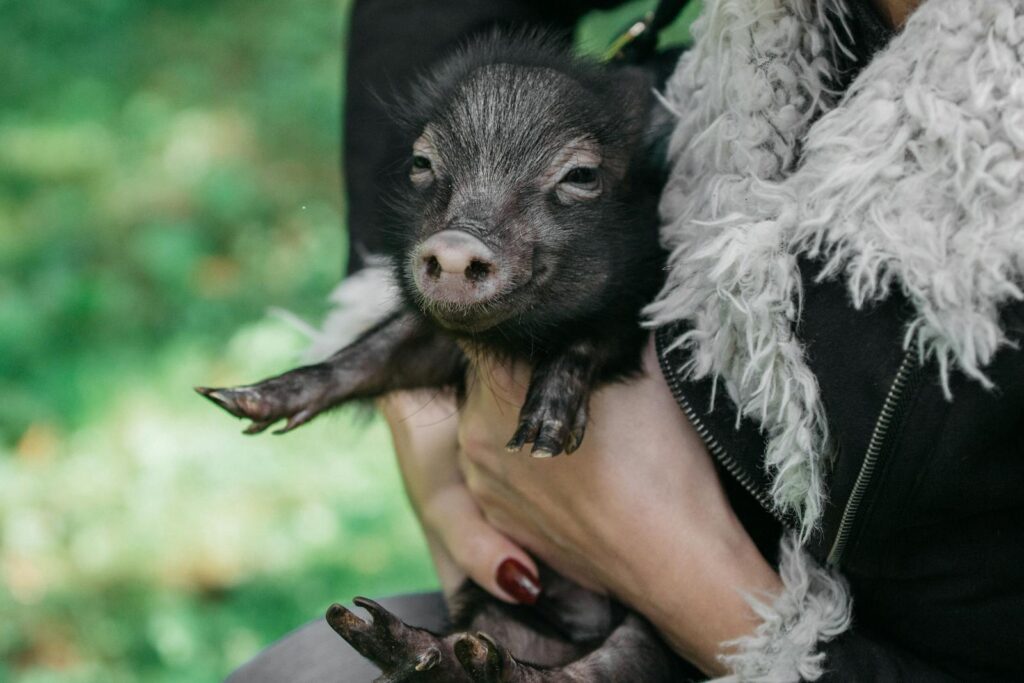
Unlike dogs and cats, which have numerous insurance options, exotic pets have extremely limited insurance coverage possibilities. Most major pet insurance companies exclude exotic animals entirely, leaving owners to shoulder the full financial burden of unexpected illnesses or injuries. The few companies that do offer exotic pet coverage typically charge premium rates of $30-$100 monthly while imposing significant restrictions and exclusions for many species. Many exotic pet owners instead create emergency savings funds, setting aside $1,000-$5,000 specifically for potential veterinary emergencies. Some veterinary practices offer wellness plans for certain exotic species, but these typically only cover routine preventative care rather than major medical issues, and often cost $300-$500 annually.
Legal Considerations: Permits, Licenses and Compliance Costs
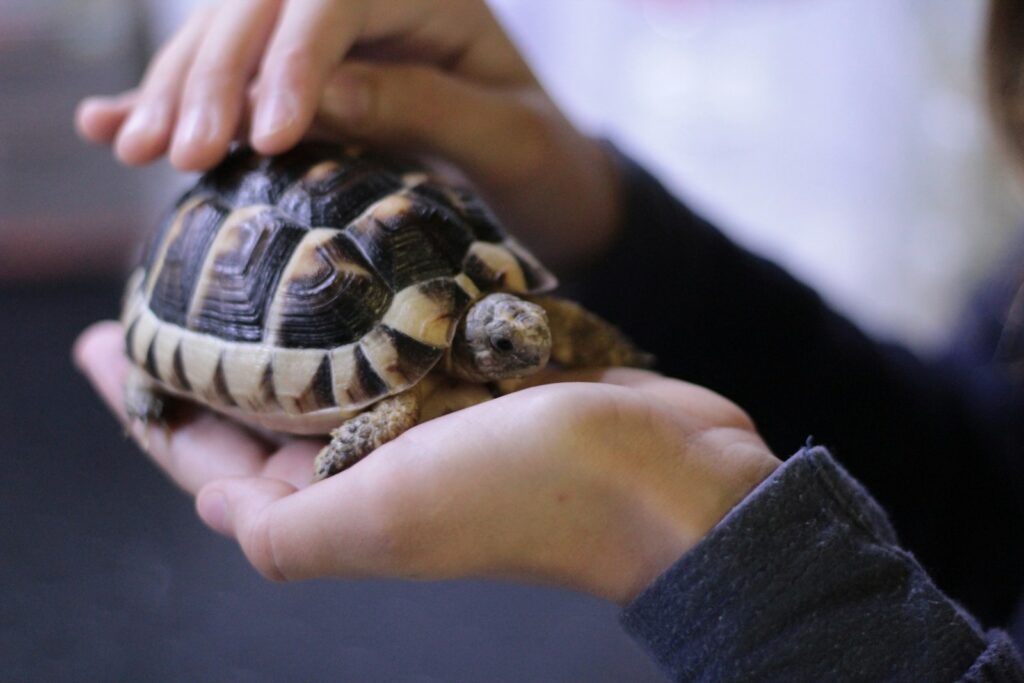
The legal landscape surrounding exotic pet ownership creates additional financial obligations that vary dramatically by location. Many states and municipalities require annual permits ranging from $50 to $2,500 depending on the species, with some requiring liability insurance policies with coverage of $100,000 to $1 million, costing $500-$3,000 annually. Compliance inspections from local animal control or wildlife departments may incur fees of $100-$500 per visit. Legal requirements can change unexpectedly, potentially requiring expensive habitat upgrades or even rehoming of animals if new restrictions are implemented. Some jurisdictions mandate microchipping, regular veterinary certifications, or specialized containment features that add hundreds or thousands to compliance costs.
Longevity Costs: The Long-Term Financial Commitment
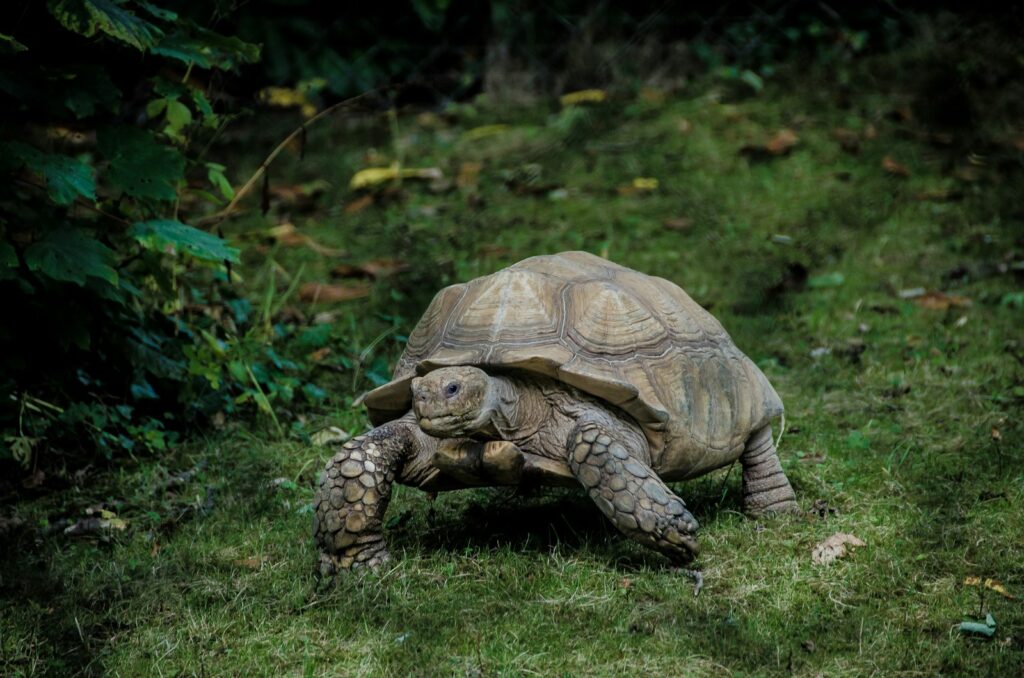
Many exotic pets have surprisingly long lifespans, creating financial obligations that extend decades beyond what many owners initially anticipate. Large parrots like macaws and cockatoos regularly live 50-70 years, creating a lifetime financial commitment potentially exceeding $100,000 for a single bird when accounting for all care expenses. Medium-sized reptiles like bearded dragons (8-12 years) and larger species like tortoises (50-100+ years) require ongoing specialized care throughout their lives, with annual costs rarely decreasing. The extended lifespans create additional considerations like establishing trusts or care plans in wills to ensure the animal’s financial needs are met should they outlive their owner. Over decades of ownership, habitat equipment will need multiple replacements, adding thousands in recurring costs that buyers seldom consider at purchase.
Social and Lifestyle Costs: Beyond Direct Financial Impact
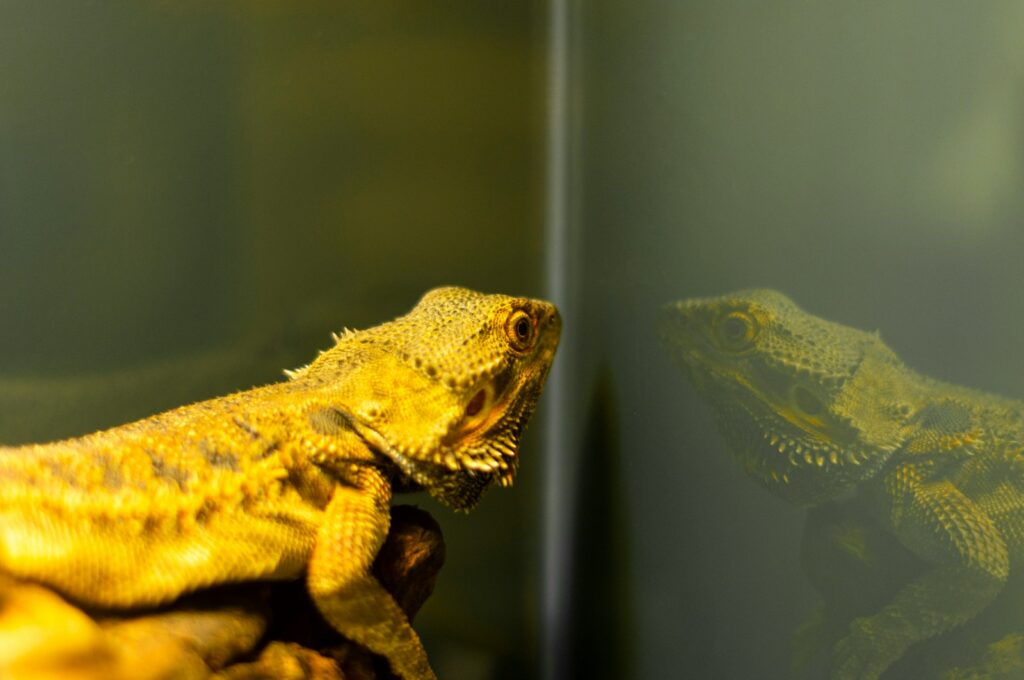
Exotic pet ownership often imposes indirect financial costs through lifestyle limitations and social considerations. Travel becomes complicated and expensive, with boarding for exotic pets costing $50-$150 daily compared to $25-$50 for dogs or cats, if specialized boarding is available at all. Home modifications to accommodate exotic pets may include specialized ventilation systems, waterproofing, or dedicated climate-controlled rooms costing thousands. Housing options become limited, as many landlords and homeowners associations explicitly prohibit exotic animals, potentially increasing housing costs by restricting where owners can live. Insurance premiums for homeowners or renters policies often increase when exotic animals are present, with some providers denying coverage entirely for households with certain species.
Emergency Preparedness: Planning for Disasters
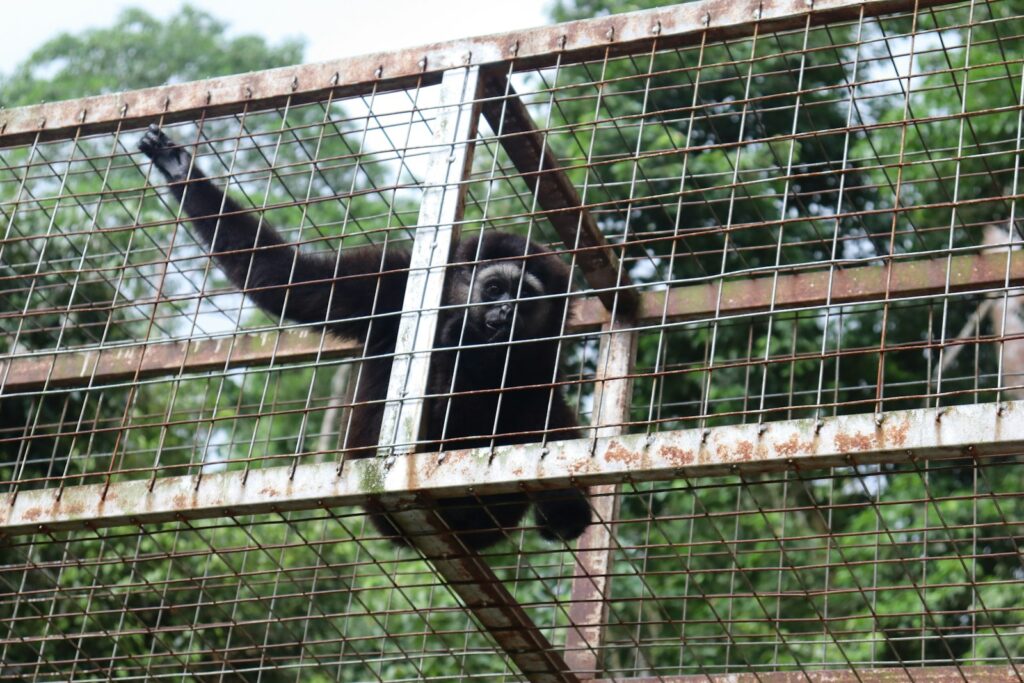
Exotic pet owners face unique challenges and costs when preparing for emergencies or natural disasters. Unlike domestic pets that can often be accommodated in evacuation shelters, exotic animals require specialized evacuation plans, potentially including transportation crates costing $100-$1,000 depending on the species size. Many owners must invest in backup power systems like generators ($500-$3,000) to maintain critical environmental conditions during power outages. Emergency food supplies must be stockpiled and regularly rotated for species with strict dietary requirements, creating additional storage and inventory management needs. For some species, owners may need to establish relationships with specialized evacuation facilities or zoos that can temporarily house animals during emergencies, sometimes requiring annual donation or membership fees to ensure access.
The Hidden Cost of Time Investment
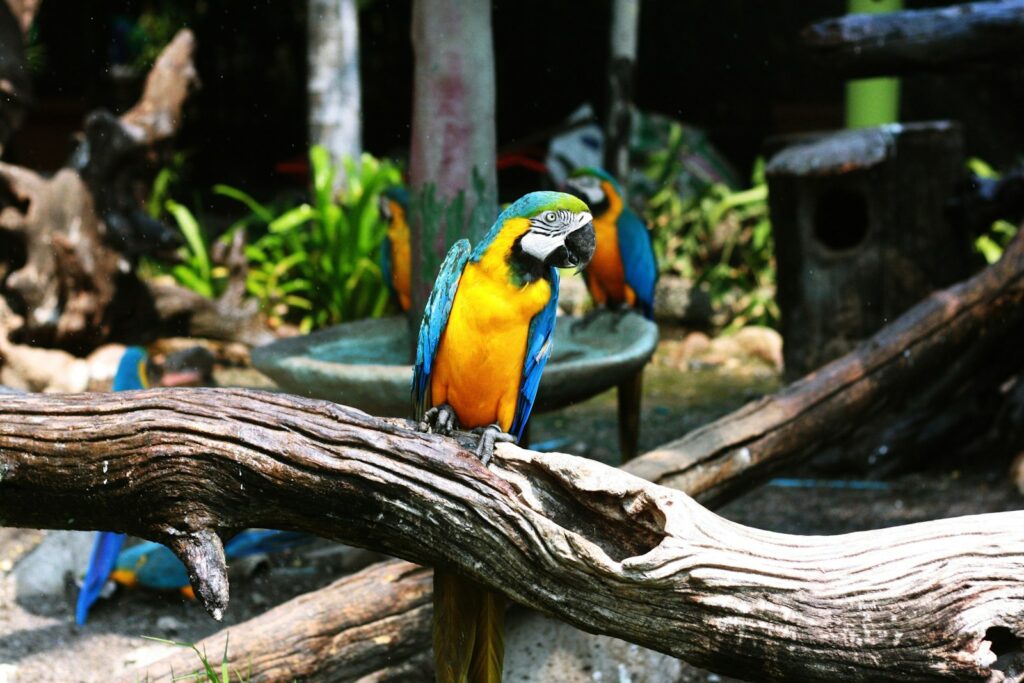
Beyond direct financial expenditures, exotic pets demand substantial time investments that carry significant opportunity costs. Many species require multiple hours of daily maintenance for feeding, cleaning, and environmental monitoring, potentially limiting an owner’s ability to work overtime or take on additional employment. Social species like primates or certain birds require extensive daily interaction and enrichment, effectively limiting the owner’s ability to travel or work extended hours without arranging specialized care. The learning curve for proper exotic animal husbandry often involves hundreds of hours researching, consulting with specialists, and attending workshops or conferences, representing both direct costs and time away from income-generating activities. For many owners, the demanding nature of exotic pet care ultimately influences major life decisions like career choices, housing options, and relationship decisions, creating financial ripple effects throughout their lives.
Rehoming Challenges and Financial Loss

When exotic pet ownership becomes unsustainable, owners often discover the significant financial losses associated with rehoming these animals. Unlike dogs or cats with numerous adoption options, exotic pet sanctuaries and rescue organizations are limited and often charge substantial surrender fees ranging from $500 to several thousand dollars to offset the animal’s lifetime care costs. Many owners never recoup more than a small fraction of their initial investment when rehoming, with animals typically selling for 30-60% less than purchase price even when relatively young and healthy. Specialized equipment often has limited resale value, with custom habitats and setups frequently selling for pennies on the dollar. In some cases, owners who cannot find appropriate placement may continue bearing costs for animals they can no longer properly maintain, creating financial strain that can last years.
Alternative Options: Sanctuaries and Educational Experiences
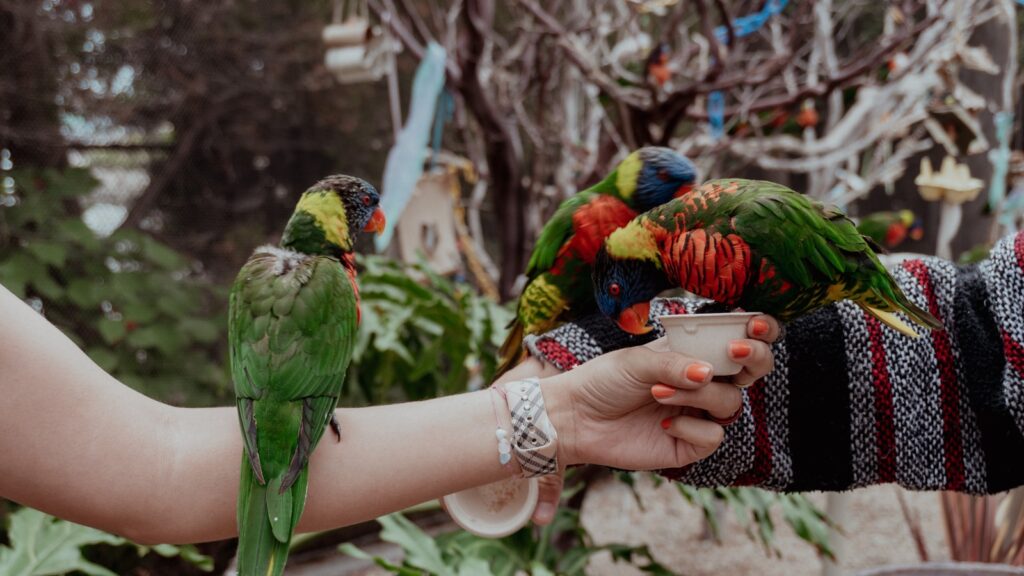
For those fascinated by exotic animals but deterred by the financial realities of ownership, there exist more affordable alternatives to experience these remarkable creatures. Volunteering at accredited wildlife sanctuaries or exotic animal rescues provides hands-on interaction without the financial burden of ownership, with many organizations offering training programs for regular volunteers. Annual memberships to quality zoos with behind-the-scenes experiences typically cost $100-$500, providing multiple opportunities to learn about and sometimes interact with exotic species. Wildlife photography workshops and ecotourism trips offer opportunities to observe exotic animals in their natural habitats, often providing more authentic experiences than keeping them as pets. These alternatives satisfy the desire to connect with unusual animals while supporting conservation efforts rather than contributing to the exotic pet trade.
Conclusion: Counting the Real Cost
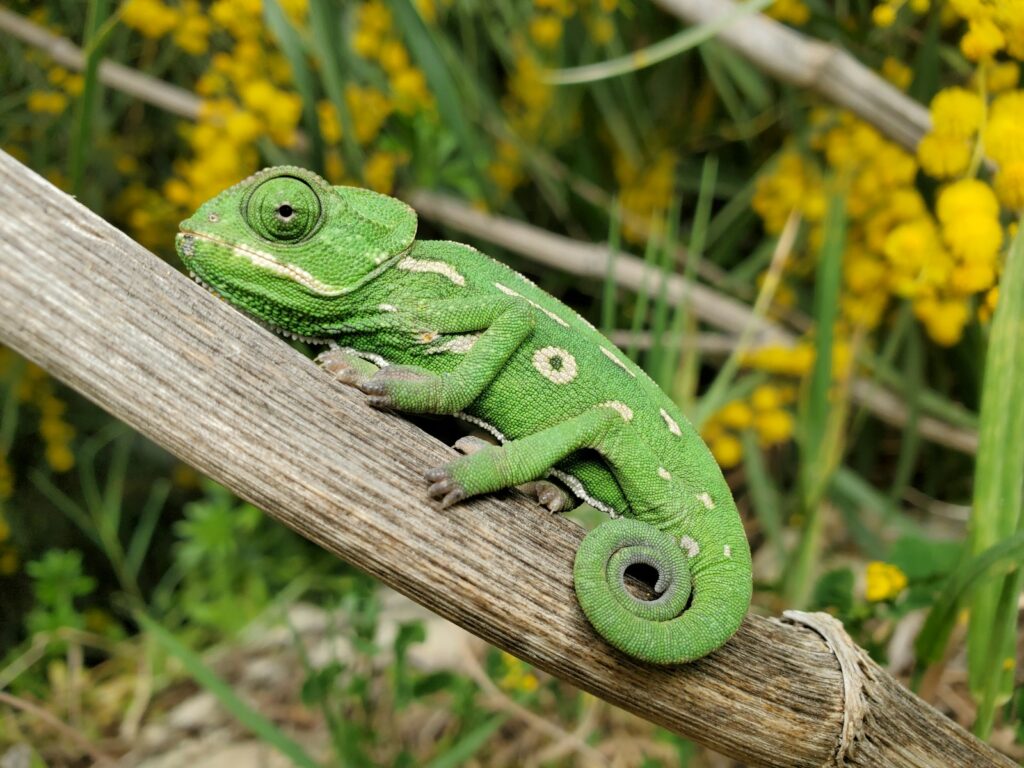
The exotic pet lifestyle, while captivating on social media, represents a significant financial commitment that extends far beyond the initial purchase price. Prospective owners must honestly assess whether they have the financial resources to provide proper care throughout the animal’s entire lifespan, which may extend decades and cost tens or even hundreds of thousands of dollars. The specialized needs of these animals create unique financial challenges from housing and diet to veterinary care and legal compliance. For many animal lovers, the financial reality simply doesn’t align with the fantasy of exotic pet ownership. Those truly passionate about these remarkable creatures might find greater satisfaction—and financial sustainability—through alternatives like sanctuary volunteering, zoo memberships, or wildlife tourism that support animal welfare without the overwhelming personal financial burden.

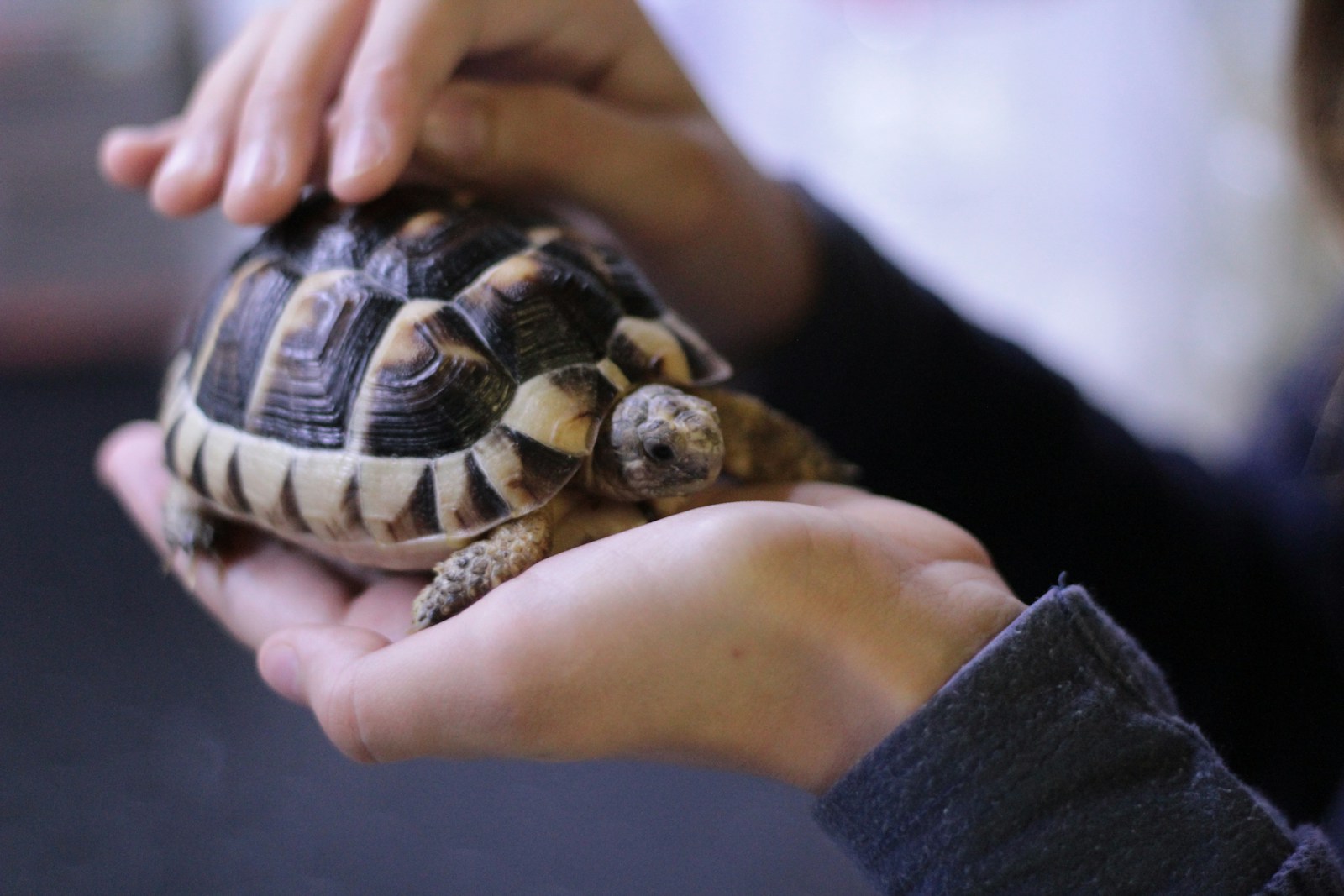

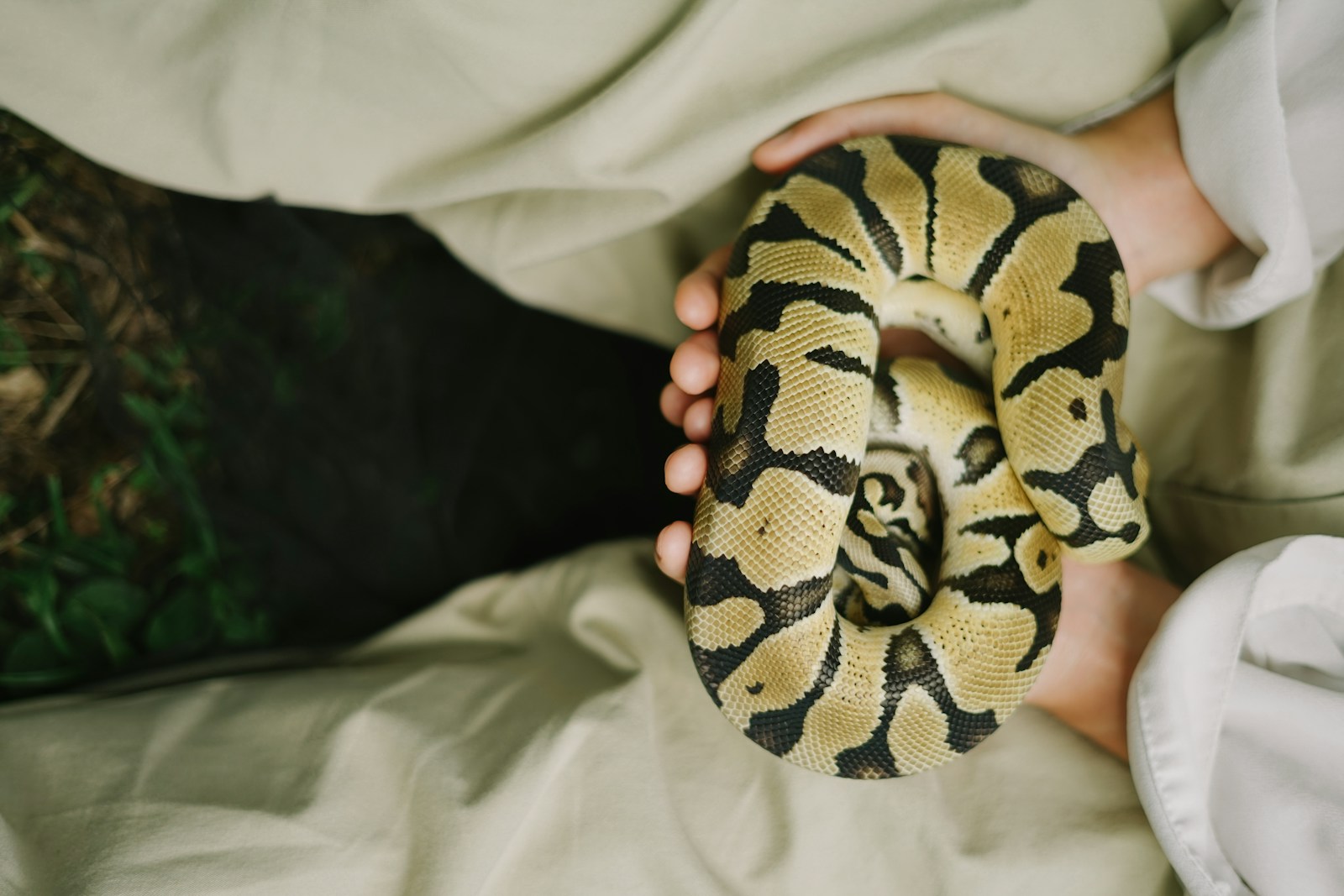
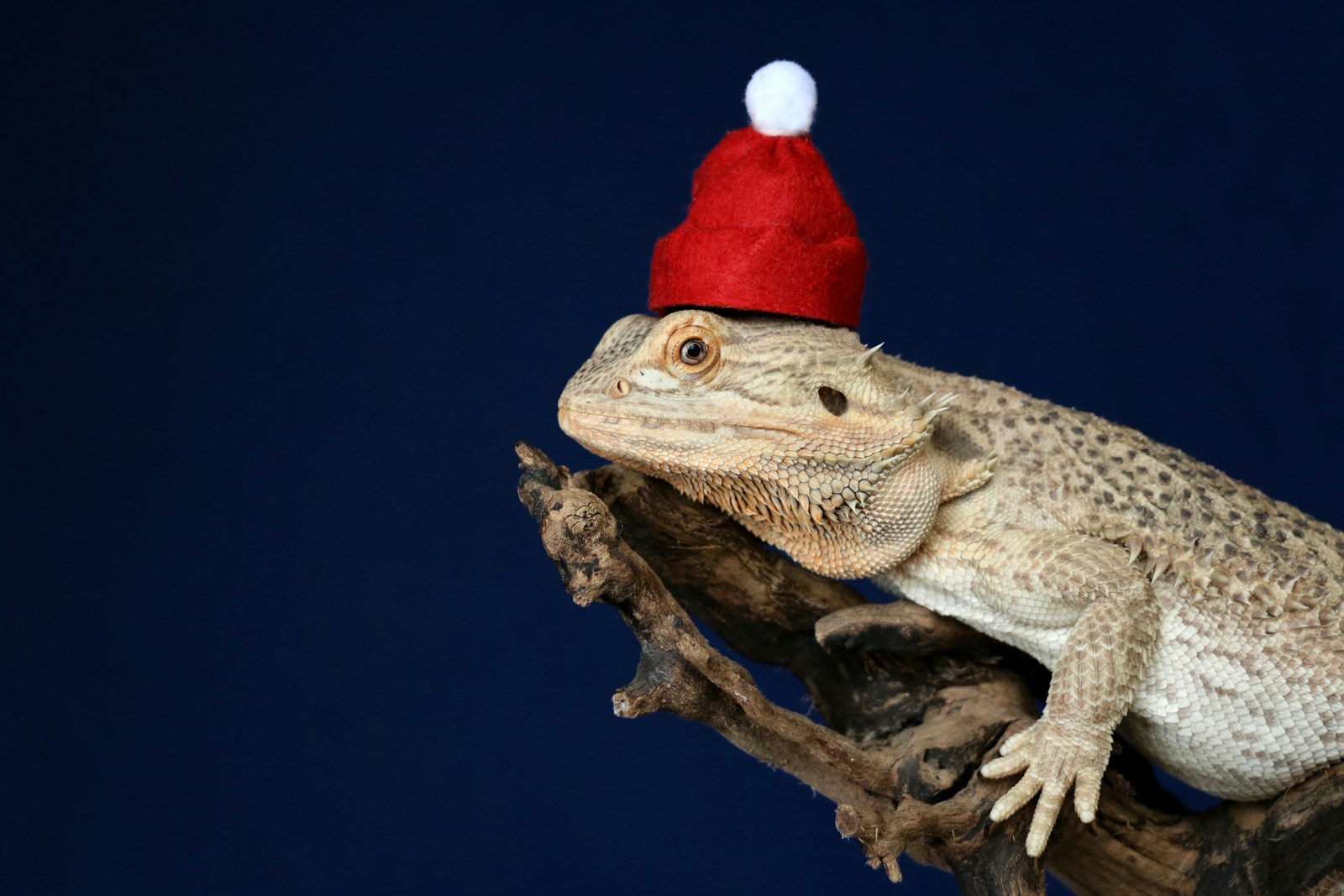
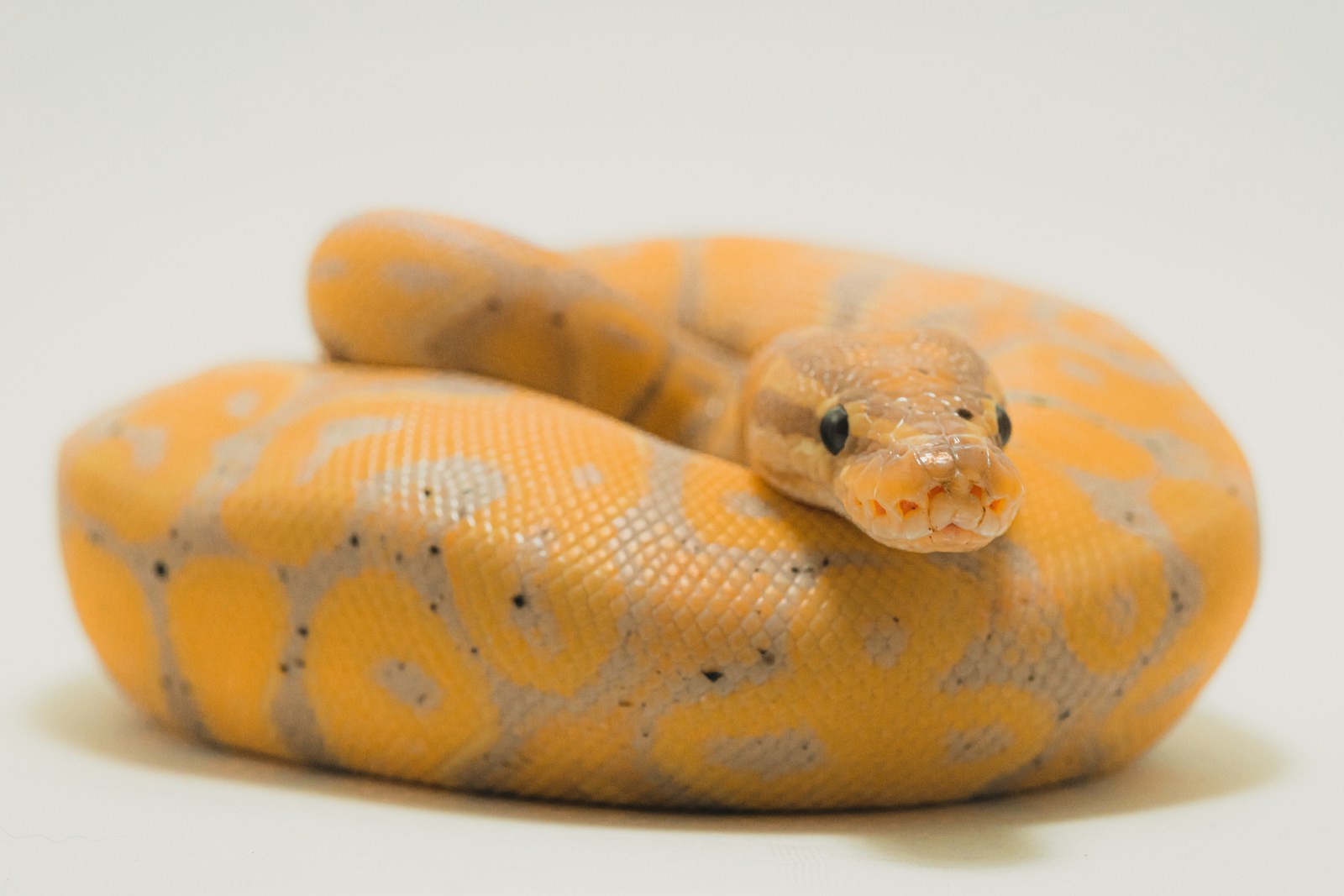
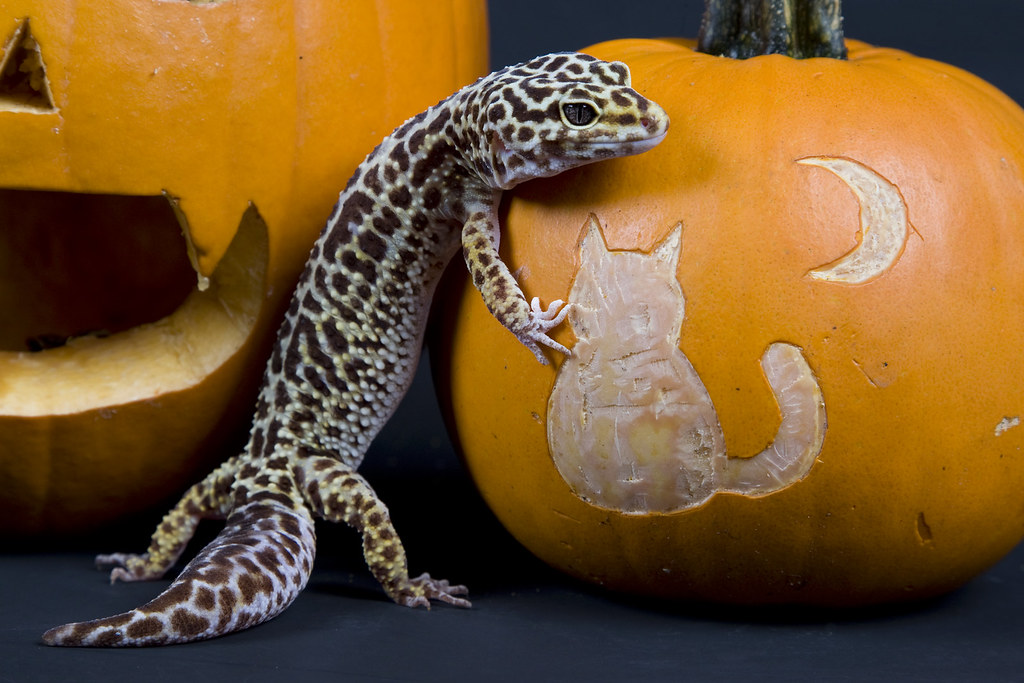
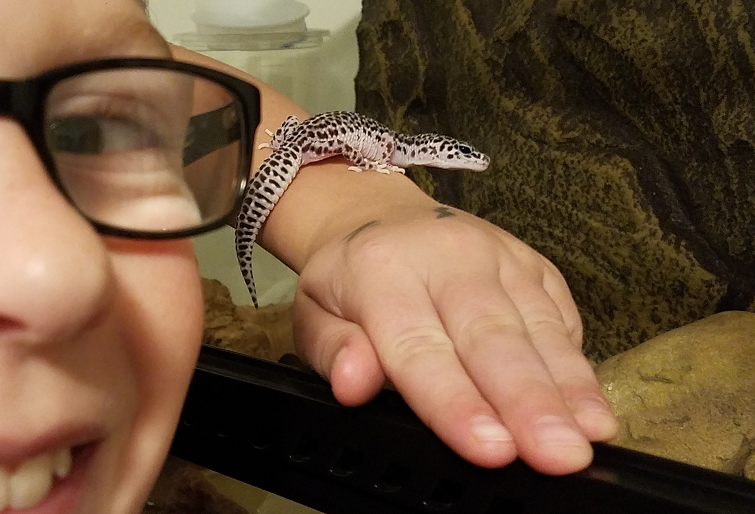
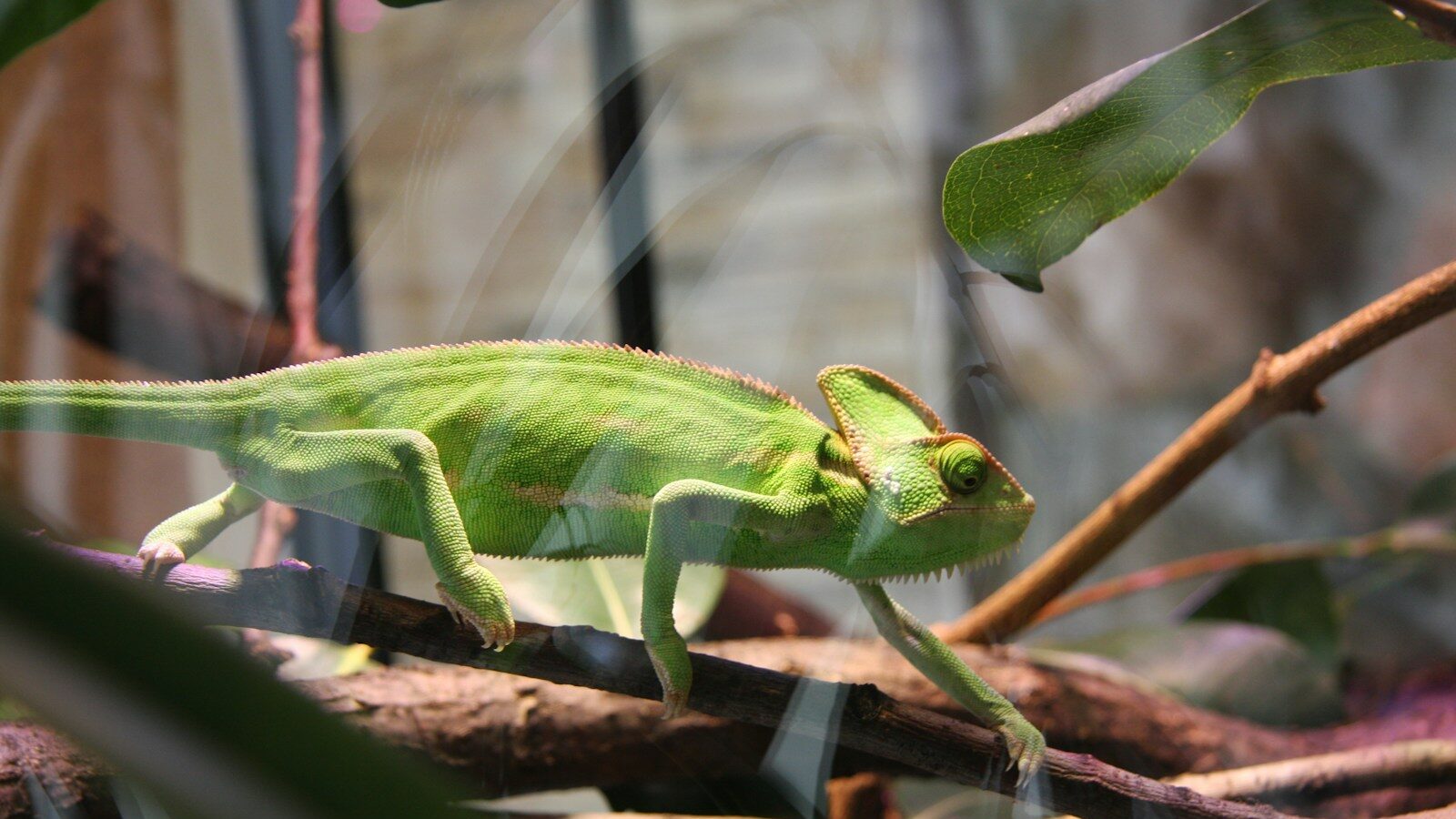


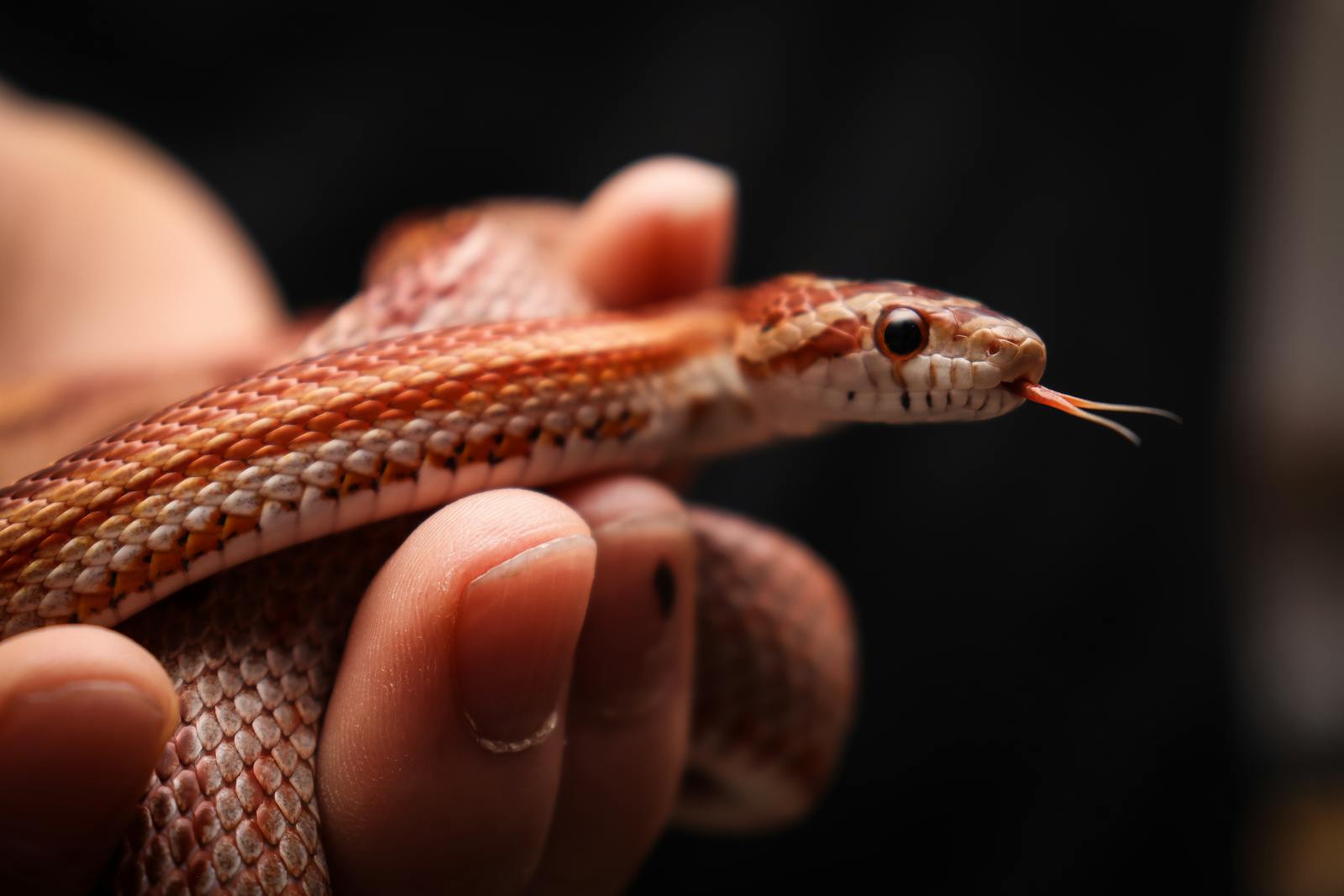
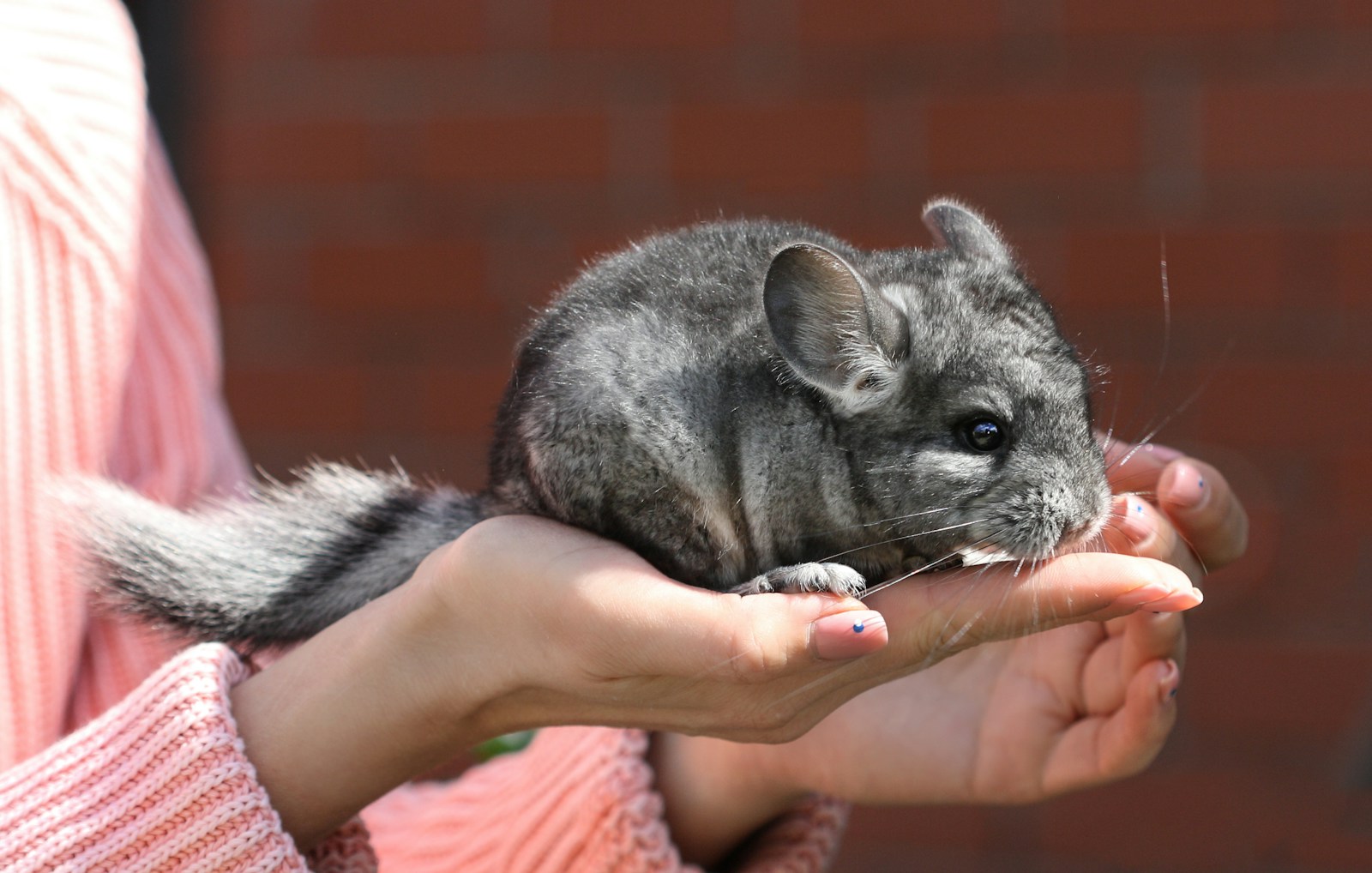
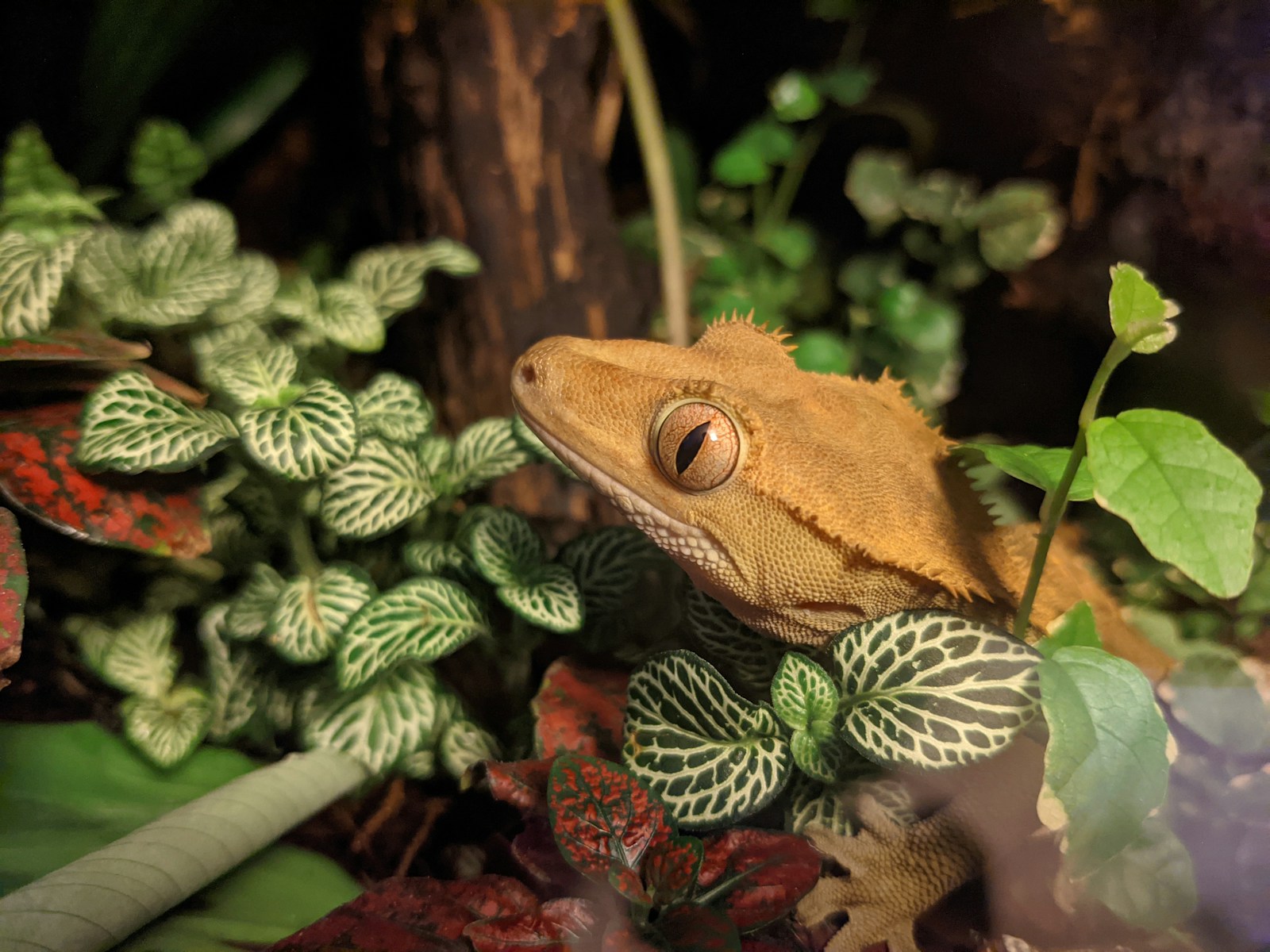

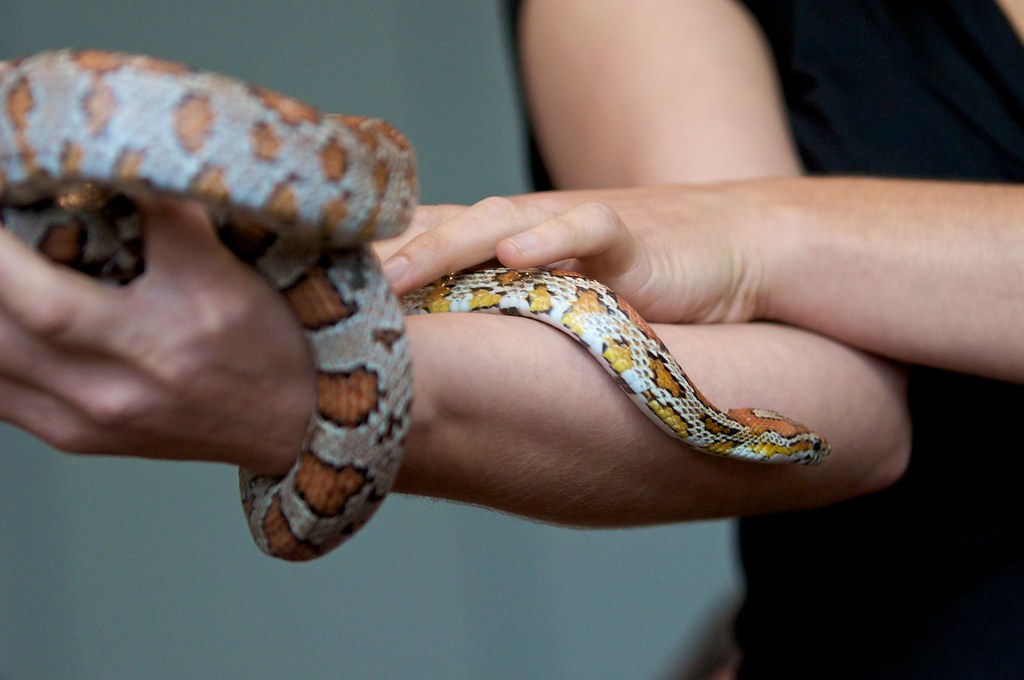
Leave a Reply